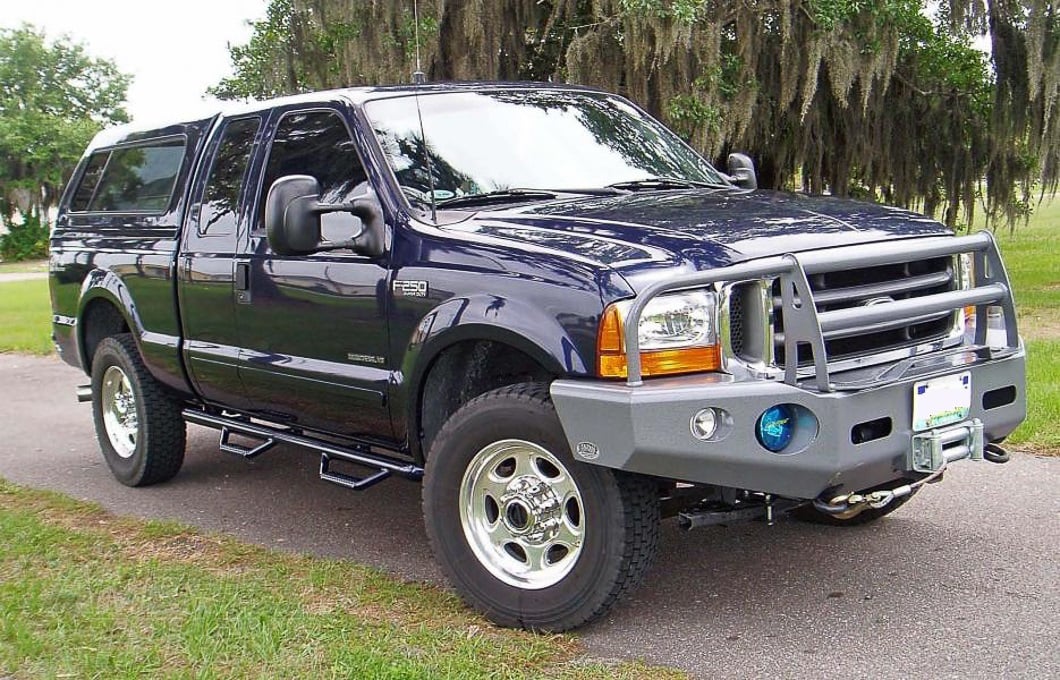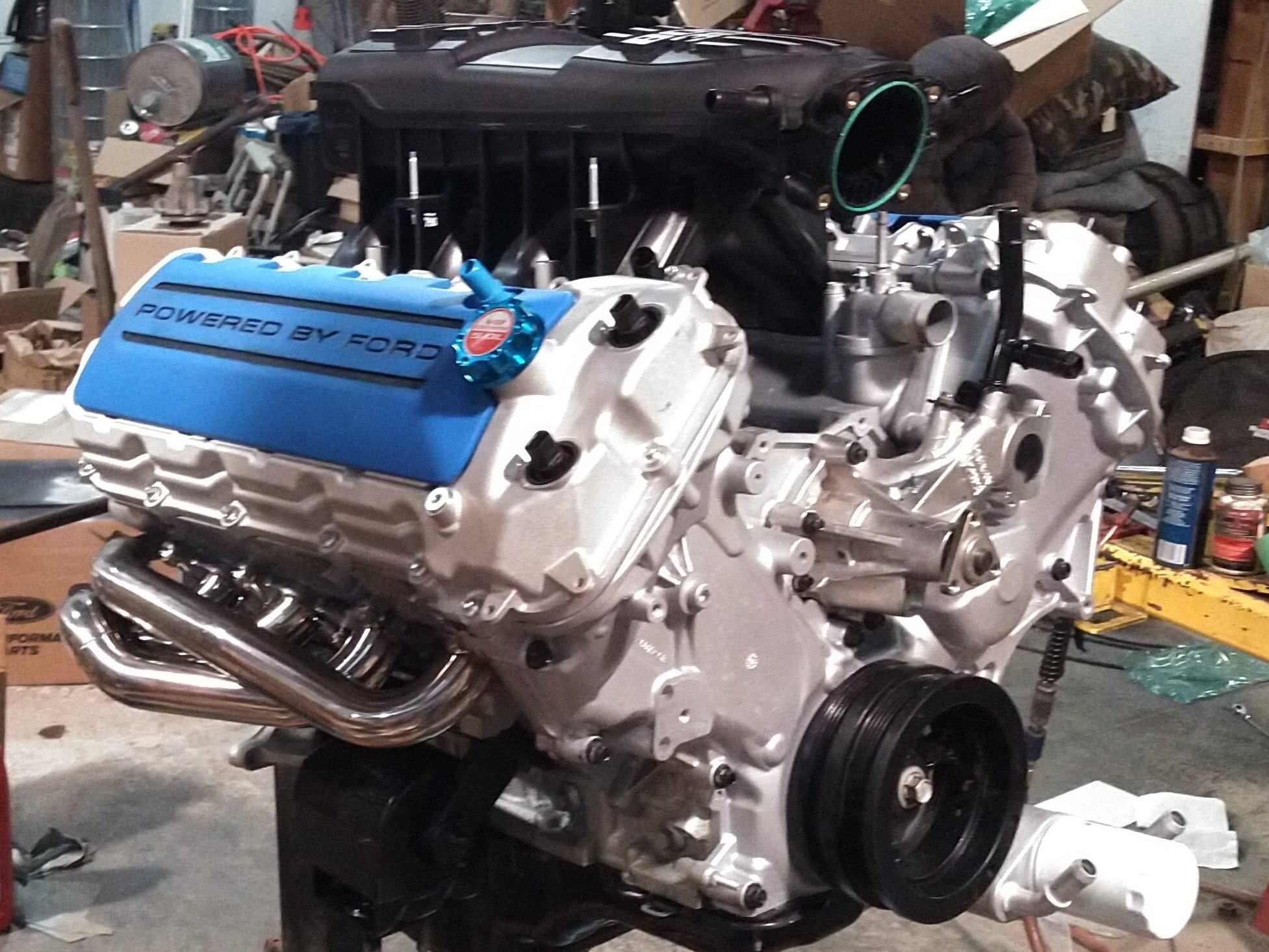Fuel types aside, you may be asking why diesel and gas engines in F-250s are so different. We are all familiar with the difference in power produced by these engines, and we know one is better for daily commutes and the other for hard work. What makes these differences in performance characteristics are worth knowing in depth.
Table of Contents
- Compression Ignition vs Spark Ignition
- Four Stroke Engine Cycle Split
- Fuel Composition
- Power/Torque Curves
- Oil/Lubrication Differences
- Fuel Efficiency
- Air/Fuel Ratio Differences
- Weight Differences Between Engine Parts and the Engines
Shop F250 Engine Parts
The gasoline engines make their power in different spots along the RPM range. Gas engines have a higher redline, but diesels have superior torque. Building your respective F250 engine may be similar in some regards, but the fundamental combustion differences will dictate what upgrades you settle on.
